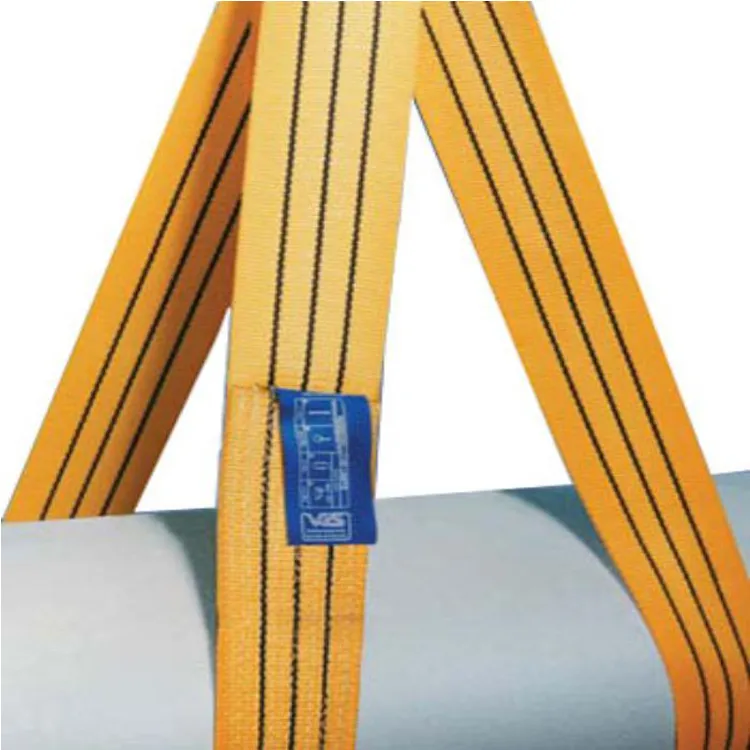lock stitch on sewing machine
Understanding Lock Stitch on Sewing Machines
The lock stitch is one of the most commonly used stitches in sewing, particularly in the textile and garment industries. Recognized for its strength and versatility, the lock stitch is produced using a sewing machine that intertwines two threads the upper thread, which is fed from the needle, and the lower thread, which comes from the bobbin. This article delves into the intricacies and applications of lock stitches in sewing.
How Does Lock Stitch Work?
The lock stitch mechanism operates through a simple yet effective process. When the needle pierces the fabric, it pulls the upper thread down into the stitch plate. As the needle reaches its lowest point, it creates a loop, allowing the hook mechanism to catch it. The lower thread, which is wrapped around the hook, secures the loop of the upper thread, forming the stitch. The simultaneous movement of the needle and the feed dogs enables seamless stitching, ensuring that the fabric moves smoothly through the machine.
Advantages of Lock Stitch
One of the primary advantages of the lock stitch is its strength. This stitch is well-suited for seams that require durability, such as those found in denim or thick fabrics. Lock stitches create a tight, secure seam that prevents unraveling, making them ideal for both commercial and home sewing projects. Additionally, the appearance of lock stitches is generally neat and organized, which is aesthetically satisfying for finished garments.
lock stitch on sewing machine

Another benefit is the lock stitch's ability to handle various types of fabrics. From lightweight silks to heavier canvas materials, lock stitches can accommodate a wide range of sewing requirements. This versatility makes the lock stitch an essential feature on most home and industrial sewing machines.
Applications of Lock Stitch
Lock stitches are prevalent in various sewing applications. They are often used in garment construction for securing seams, hems, and finishing edges. In addition to clothing, lock stitches are used in accessories, upholstery, and even industrial applications like automotive and furniture manufacturing.
Moreover, the lock stitch is not limited to one type of thread. It can be utilized with various threads as long as the machine is set up correctly. This adaptability further enhances its status as a foundational stitch in sewing.
Conclusion
Understanding the lock stitch is fundamental for anyone interested in sewing. Its unique mechanism, coupled with its numerous advantages, makes it a top choice for creating durable, high-quality seams. Whether you are a novice or an experienced sewer, mastering the lock stitch can significantly enhance your sewing projects, ensuring professional-looking results. As you continue to explore the world of sewing, the lock stitch will undoubtedly remain an essential skill in your repertoire.
-
Heavy Duty Leather Sewing Machine: A Must-Have for Professional LeatherworkNewsMay.28,2025
-
Leather Sewing Machine: Essential for High-Quality LeathercraftNewsMay.28,2025
-
Extra Heavy Duty Sewing Machine for Premium Leather ApplicationsNewsMay.28,2025
-
Walking Foot Cylinder Arm Sewing Machine: Precision and Power CombinedNewsMay.28,2025
-
Industrial Cylinder Arm Sewing Machine: Engineered for High-Performance StitchingNewsMay.28,2025
-
Cylinder Bed Sewing Machine: A Powerful Solution for Precision StitchingNewsMay.28,2025
-
Zigzag Sewing MachineNewsMay.12,2025





























